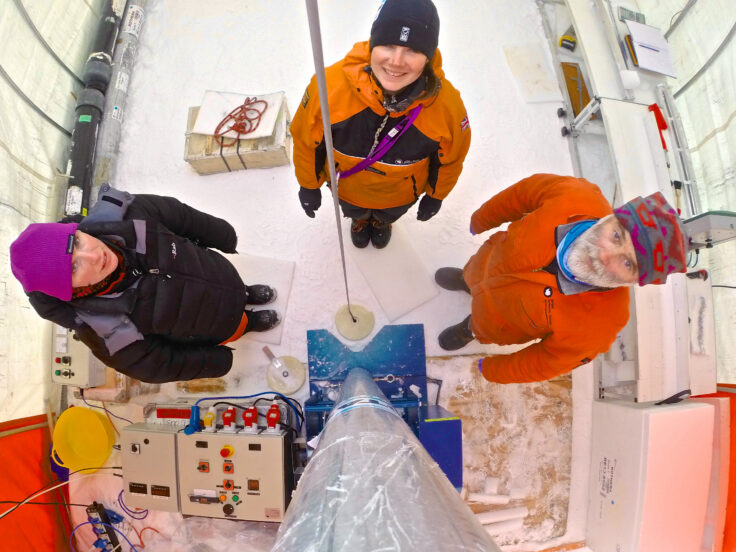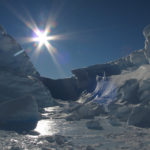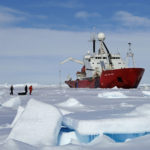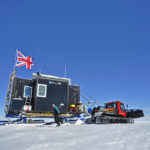New field season begins
29 November, 2016
As spring returns to the southern hemisphere British Antarctic Survey (BAS) has started another research season which will take them over land, sea and ice in search of answers to …
Prior to the advent of satellites, very little was known about the rates at which ice sheets would respond to climate change. During the past two decades measurements from successive Earth-orbiting satellites including ERS-1, ERS-2, ENVISAT, GRACE and most recently CryoSat-2, have provided valuable insight about the behaviour of Antarctica’s large ice sheets.
Whilst satellite observations, using a range of technologies, allow us to estimate how much ice is being lost to the ocean, they cannot distinguish changes in ice density from changes in mass; or distinguish changes due to mass ice loss from changes due to the motion of the underlying solid Earth.

 |
 |
 |
 |
To capture ice-based measurements of the Amundsen sector ice streams that will help us reconstruct these ‘missing’ data from the two decades of satellite measurements. These combined data will help us unravel uncertainties in our projections for the future and provide us with a more comprehensive picture of mass ice loss. Our ice investigations will focus on the large rivers of ice (ice streams) to determine the recent past and present contribution to sea level of the Amundsen sector drainage basin. These investigations will run alongside those of our colleagues who are investigating the effect of thinning glaciers and ice sheet movement. (Dynamic ice – iSTAR C).
29 November, 2016
As spring returns to the southern hemisphere British Antarctic Survey (BAS) has started another research season which will take them over land, sea and ice in search of answers to …
10 February, 2014
First leg of Antarctic iSTAR mission accomplished A team of British scientists has returned from a gruelling 1500km journey across the ice of West Antarctica after successfully completing the first …